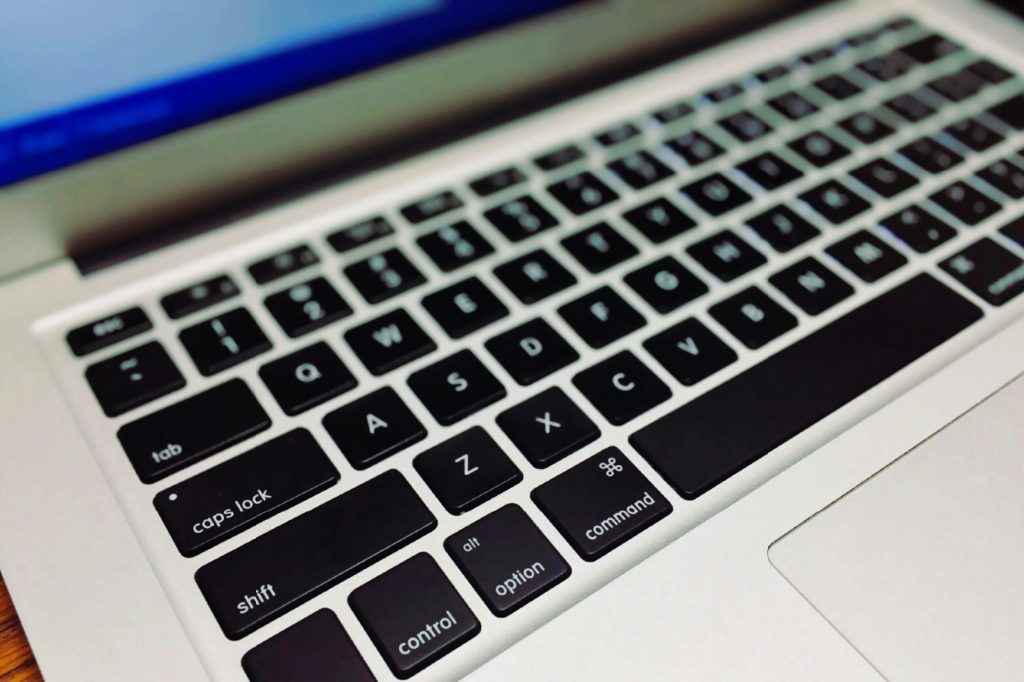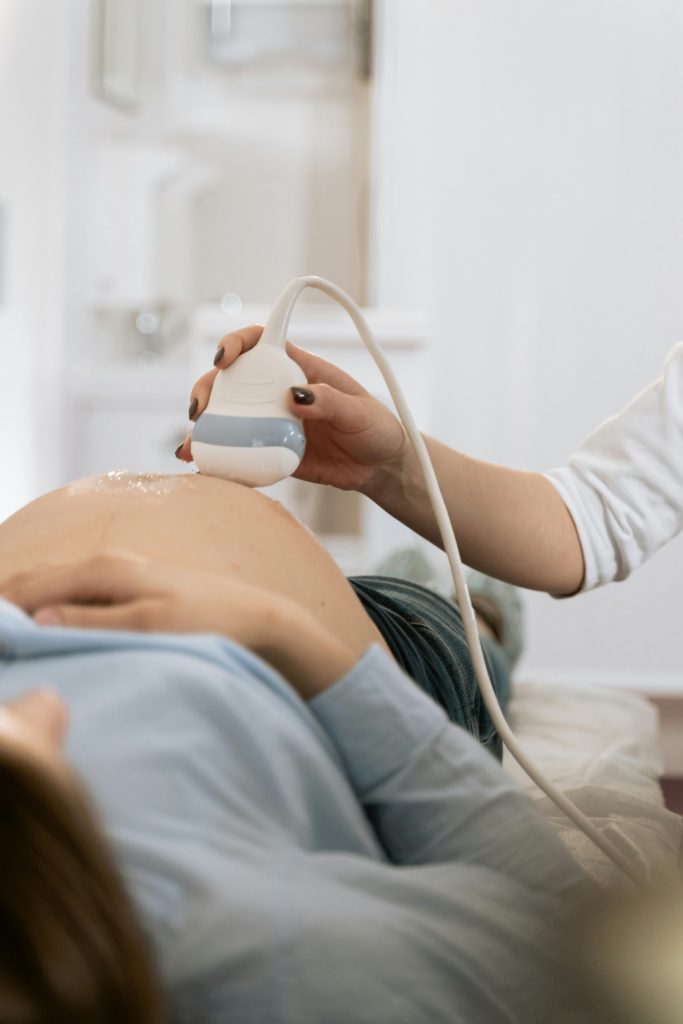Troubleshooting Non-Responsive Keyboard and USB Ports: A Step-by-Step Guide
Experiencing hardware malfunctions can be highly frustrating, especially when essential input devices like keyboards suddenly stop working. If you’ve encountered a situation where your physical and on-screen keyboards are unresponsive, and your USB ports are also not functioning, it’s understandable to feel at a loss. This article provides a structured approach to diagnose and resolve such issues, helping you regain control of your computer.
Understanding the Problem
In situations where both your physical and on-screen keyboards are unresponsive, and USB ports are not functioning, it indicates a potential core system or hardware failure. Common causes include driver issues, system corruption, or hardware malfunction.
Immediate Steps to Take
- Check Hardware Connections
- Ensure that your keyboard is properly plugged into the correct USB port.
- Try connecting the keyboard to different USB ports to rule out port-specific issues.
-
If you are using a wireless keyboard, verify the receiver is properly connected and that the keyboard has power.
-
Attempt a Hardware Restart
- Perform a complete shutdown of your computer.
- Disconnect all peripherals.
-
Wait for a few minutes, then restart your device to see if the ports and input devices become responsive.
-
Use Built-in Tools or Alternative Input Methods
- On certain systems, keyboard input during startup can be used for passwords or BIOS settings.
- If the on-screen keyboard isn’t working, try using a different device to remotely access your system if possible.
Troubleshooting in Recovery Mode
If the fundamental input devices are unresponsive during boot, your next step is to access recovery options:
- Enter Recovery Mode
- Restart your computer and press the appropriate key (commonly F8, F11, or Shift + Restart) to boot into recovery options.
- For Windows, these options are often available from the Advanced Startup menu.
- Use External Input Devices
- Connect a known working external keyboard.
-
If possible, connect via USB or Bluetooth, ensuring drivers are correctly installed.
-
Perform System Repairs
- Use recovery tools such as “Startup Repair” or “System Restore” to fix potential system corruption issues.
- Avoid wiping your system entirely unless necessary, as this can lead to data loss.
When Wiping the System Becomes Necessary
If troubleshooting indicates deep system corruption and you decide to perform a clean install
Share this content:



